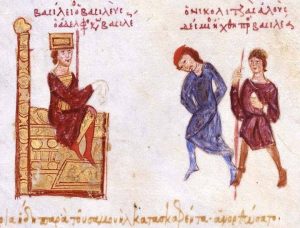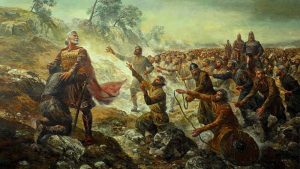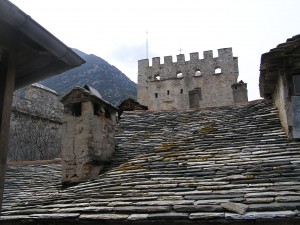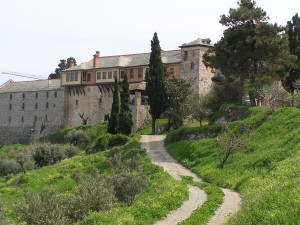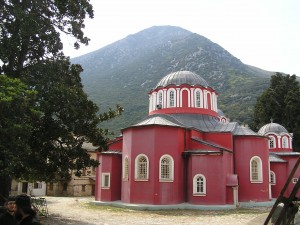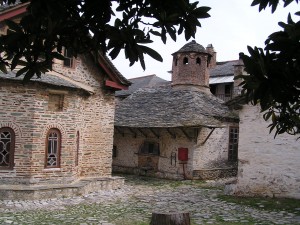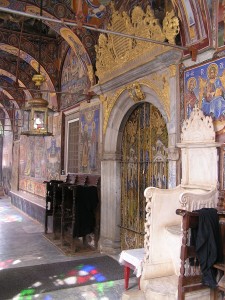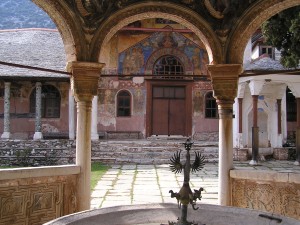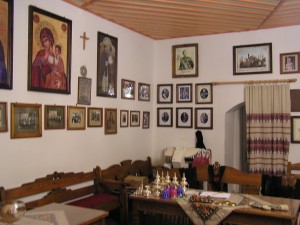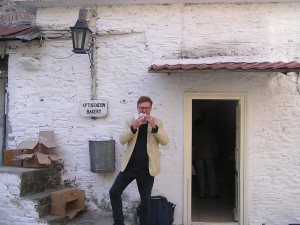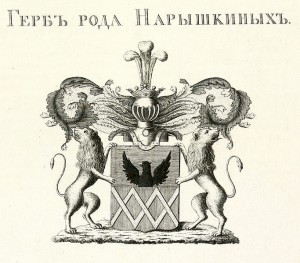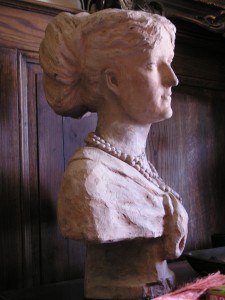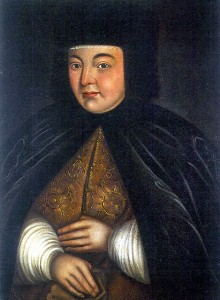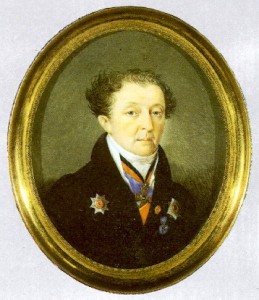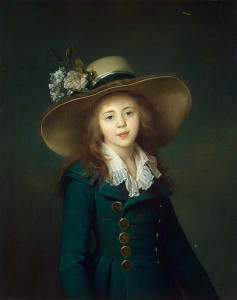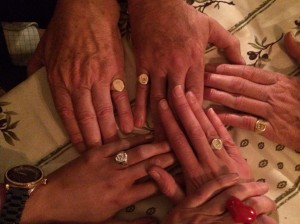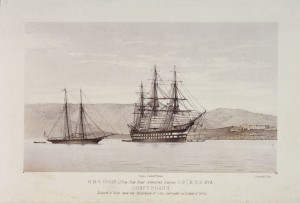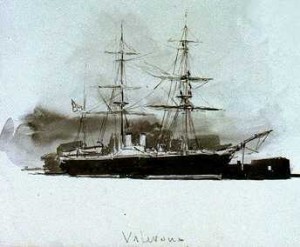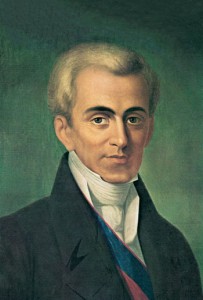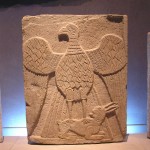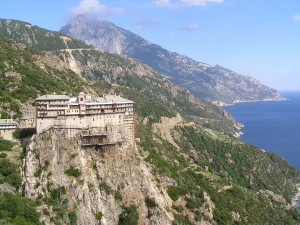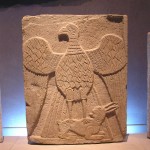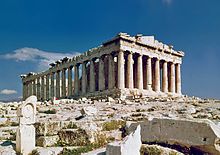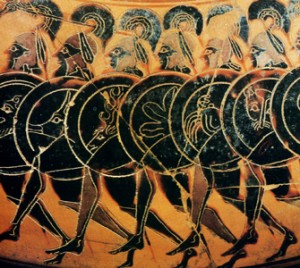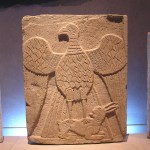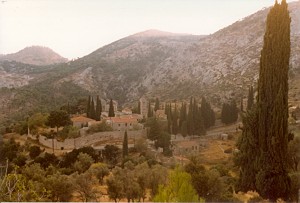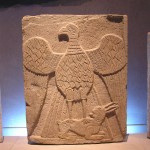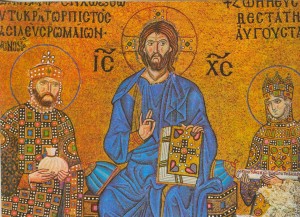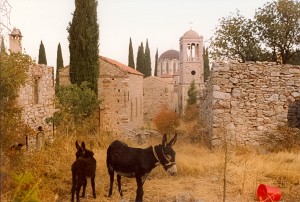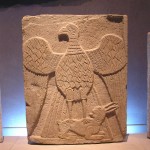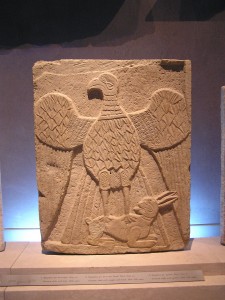
In tenth-century Byzantium, among the nobility, there seemed to be two types of men. The first was sybaritic, relishing the splendour and luxuries of Constantinople. The second, provincial in his outlook, was the stern, often ascetic warrior. There seemed to be no meeting between the two, and it was to be the cause of increasing friction in the politics of the Empire.
The young co-Emperors, Basil II and Constantine VIII, both ‘born in the purple’, seemed to be of the first type. According to the philosopher Michael Psellos, who knew them well, Basil was dissolute and voluptuous, a dedicated party-goer and chaser of women. As for Constantine, he enjoyed all the ceremonial posturing, but avoided politics and would always rather be swimming or hunting.
Succeeding their father as infants in 963, the brothers had never needed to concern themselves with affairs of state, for their mother Theophano, the scheming daughter of a publican, had swiftly remarried.
The ‘happy’ bridegroom was the very archetype of the warrior-aristocrat. Nikephoros Phokas, chillingly nicknamed ‘the White Death of the Saracens’, had already trounced the Arabs in Crete and Syria. Duly crowned as co-Emperor (for the boys, being purple-born, could not be deposed), Phokas was an aspiring monk, but had a keen sense of duty, and was of the ‘right stuff’ for an effective ruler. Admittedly, he lacked personal charm and was physically repulsive, being short, hairy and unwashed. He looked, and smelt, like Rasputin.
Inevitably, the sexy Theophano soon tired of him. Luckily for her, he had taken a vow of chastity, preferring to sleep on the hard floor of his chamber. One night, she let her handsome new lover into the chamber, and Phokas was brutally murdered where he lay. The guilty man was Phokas’s own nephew, John Tzimiskes.
When the church vetoed his union with Theophano, a sham marriage with her sister-in-law, Theodora, did the trick. Theodora was released from her nunnery for the purpose, and it was Theophano’s turn to be exiled. Her abandoned boys were the hapless observers of these events.
As gifted a general as Phokas, the Emperor Tzimiskes campaigned relentlessly against the Arabs. In 975 he led his armies into Palestine, and came within a whisker of taking Jerusalem. Returning to Constantinople the following year, he died very suddenly en route. Was it typhoid that killed him, or was he poisoned, as some said, by a political rival?
If so, the likely culprit was the parakoimomenos Basil Lekapenos, the official so named for his privilege of ‘sleeping near’ the emperor. The parakoimomenos was Basil and Constantine’s great-uncle, being the Nothos or ‘Bastard’ (by a Scythian slave) of their great-grandfather, Romanos I. However, unlike Phokas and Tzimiskes, the Nothos was legally barred from becoming emperor, for he was a eunuch. He had been castrated probably in infancy but perhaps in adulthood after the death of his father.
The brothers resumed their function as stiff mannikins in the endless rituals of the court, while the Nothos governed wisely and well, though not without accumulating vast personal wealth and estates. Can he have been a true castrato, beardless and long-limbed, with a uniquely high-pitched voice? In that case, he would have cut an extraordinary figure. His personal authority must have been considerable, for it was only in 985, when he was twenty-seven, that Basil II at last took control of his own destiny.
Revealing unexpected mettle, Basil the cypher, the idle sybarite, suddenly emerged from the shadows, declaring that the policies of the Nothos, the only father-figure he had known, were no longer ‘according to our wish’. The Nothos was stripped of his office and of all his possessions, and deported. Constantine was content to let his elder brother take charge. For the remaining forty years of his life, Basil was to rule alone. He never married, and died in 1025, having been emperor for 62 years.
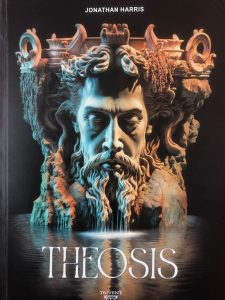 Jonathan Harris is Professor of Byzantine History at Royal Holloway College and the author of a number of extremely readable and original books, including The Lost World of Byzantium. No one is better versed in the drama of Basil’s early life. Unfortunately our best source, Psellos, fails to explain Basil’s sudden change in character. His childhood experiences would have left him deeply insecure, guarded and suspicious, but also open to manipulation. But was it a single act of betrayal, or a series of them, that caused him to depose and humiliate the Nothos?
Jonathan Harris is Professor of Byzantine History at Royal Holloway College and the author of a number of extremely readable and original books, including The Lost World of Byzantium. No one is better versed in the drama of Basil’s early life. Unfortunately our best source, Psellos, fails to explain Basil’s sudden change in character. His childhood experiences would have left him deeply insecure, guarded and suspicious, but also open to manipulation. But was it a single act of betrayal, or a series of them, that caused him to depose and humiliate the Nothos?
For Harris, this puzzle could only be resolved through fiction. The pandemic was his opportunity to work on the novel that he had been itching to write. Theosis is an historical reconstruction in the tradition of Robert Graves’s I Claudius and Claudius the God, Marguerite Yourcenar’s Memoirs of Hadrian and Mary Renault’s Alexander trilogy. It is an utter triumph.
The book is largely set in the claustrophobic world of the Great Palace at Constantinople, a city within a city, which is wonderfully evoked. Since that palace has largely vanished, Harris relies heavily on descriptions in the famous Book of Ceremonies, but one of his most successful reconstructions is almost entirely invented, proof of the writer’s superior skills as a novelist. In Harris’s imagination, the Portico of the Golden Hand, named for the hand from a gigantic statue of Constantine that was displayed there, has a columned portico with staircases at either end, and is where the young Basil, a lonely child, likes to run around. The fatherly Nothos instructs him in the symbolism of the statue.
Key to the plot of the novel is Basil’s romantic attraction to a school-fellow, Demetrius Spondyles, one of a number of fictional characters who are deftly drawn. Though Spondyles is ‘endearingly artless’, it is hard to understand his appeal, or to reconcile Basil’s secret passion for this boy with his reputation as a ladies’ man. In a series of ingenious twists, Harris explains all.
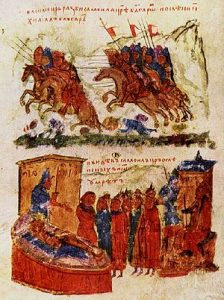
Perpetuating a myth: depictions of the Battle of Kleidion and its aftermath, from the Synopsis Chronike of Constantine Manasses (12th century)
He is particularly good on the dichotomy between the sybarites and the hard men. Basil’s forbidding step-father, Nikephoros Phokas, is a man of limited conversation. ‘Antioch is ours’, or even ‘Ha!’, might be the extent of it. His relatives are ‘ghastly’, ‘low provincials from Cappadocia’, while Theophano, betraying her humble origins, refers to him as that ‘Anatolian shit’. Ironically, Basil is himself remembered as a man of few words, and his first-person narration is perhaps more fluent than one would expect. The urbane Psellos says he spoke like a peasant, and that there was no elegance and little coherence in his writing – although, admittedly, Psellos probably thought that of everyone’s conversation and writing, other than his own.
Psellos’s Basil could laugh loudly on occasion, but generally ran on a short fuse. He was decisive and commanding. Once his mind was made up, he would brook no further discussion. He came to despise the luxury and ceremonial of the court, and made little effort to look the part, scorning all the usual imperial ornaments such as diadems and rings. Even his robe, being not of the brightest purple, seemed to be a cut-price version. Without being obviously pious, he was characterised in maturity by the same self-denying puritanism as the Emperor Phokas, who had dedicated his life to the waging of ‘holy’ war.
Having broken away from the court, Basil had embarked on years of bitter campaigning, which left him, in Harris’s words, with ‘dead eyes’, like a shark’s. Occasionally, the novelist takes us away from the palace and into the field of action. In a particularly enjoyable episode, Basil unleashes a new secret weapon, his Russian (or actually Viking) auxiliaries, under the Grand Prince Vladimir of Kiev. The price for Vladimir’s support is unprecedented, the hand of Basil’s purple-born sister Anna, whom Basil has never liked. Poor Anna! The envoys with whom he negotiates have ‘hairy arms like joints of meat that protruded from their sleeveless leather jerkins and long plaited hair which they had apparently smeared with rancid butter’. It is the Russians’ turn to be bemused when the Byzantines begin their pre-battle rituals, which include catcalling and ‘mooning’ the enemy.
Basil’s single-mindedness earned him a grim reputation which he has never lived down. He defeated not only his domestic enemies, but the Fatimids at Aleppo (995). After years of campaigning in the Balkans, often wintering with his troops, he famously prevailed over the Bulgars in 1014. He is alleged to have blinded no fewer than 14,000 prisoners after the Battle of Kleidion, and to have sent them home in batches of a hundred, each guided by a man with one eye. That improbable story, and Basil’s famous sobriquet, Boulgaroktonos or the ‘Bulgar-slayer’, were concocted by a later generation. But Harris has him hanging enemies without a qualm, or even feeding them to his lions: ‘Perhaps he had sacrificed all human emotions in some devilish pact on the altar of supreme power’.
It is hard to believe that Basil ever achieved his theosis. The word means, literally, ‘deification’, and refers to the transfixing ecstasy of union with God, to which all Christians should aspire. However, Harris’s Basil is a most compelling individual and a good deal more sympathetic than is commonly supposed.
I read most of this book in a single sitting, and cannot recommend it too highly.
Theosis is published in paperback by Trivent (Budapest, Oct 2023). For further background, see Jonathan Harris, ‘The Change in Basil’, Argo: A Hellenic Review, Issue 19 (Spring/Summer 2024), pp.30-31.
My earlier blog on Nikephoros Phokas can be found here: http://www.rupertwilloughby.co.uk/byzantine-genealogy/nikephoros-phokas-white-death-of-the-saracens-the-siege-of-chandax-and-the-foundation-of-the-greatest-lavra-on-mount-athos/.
